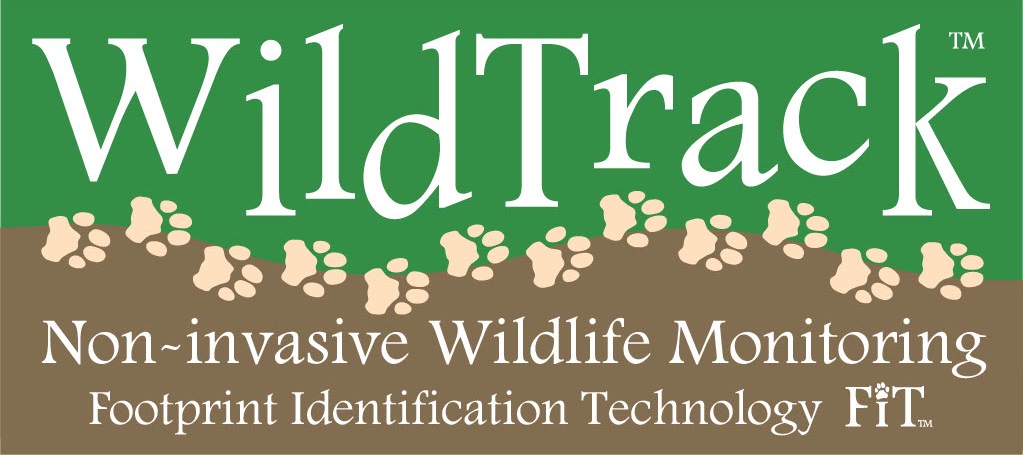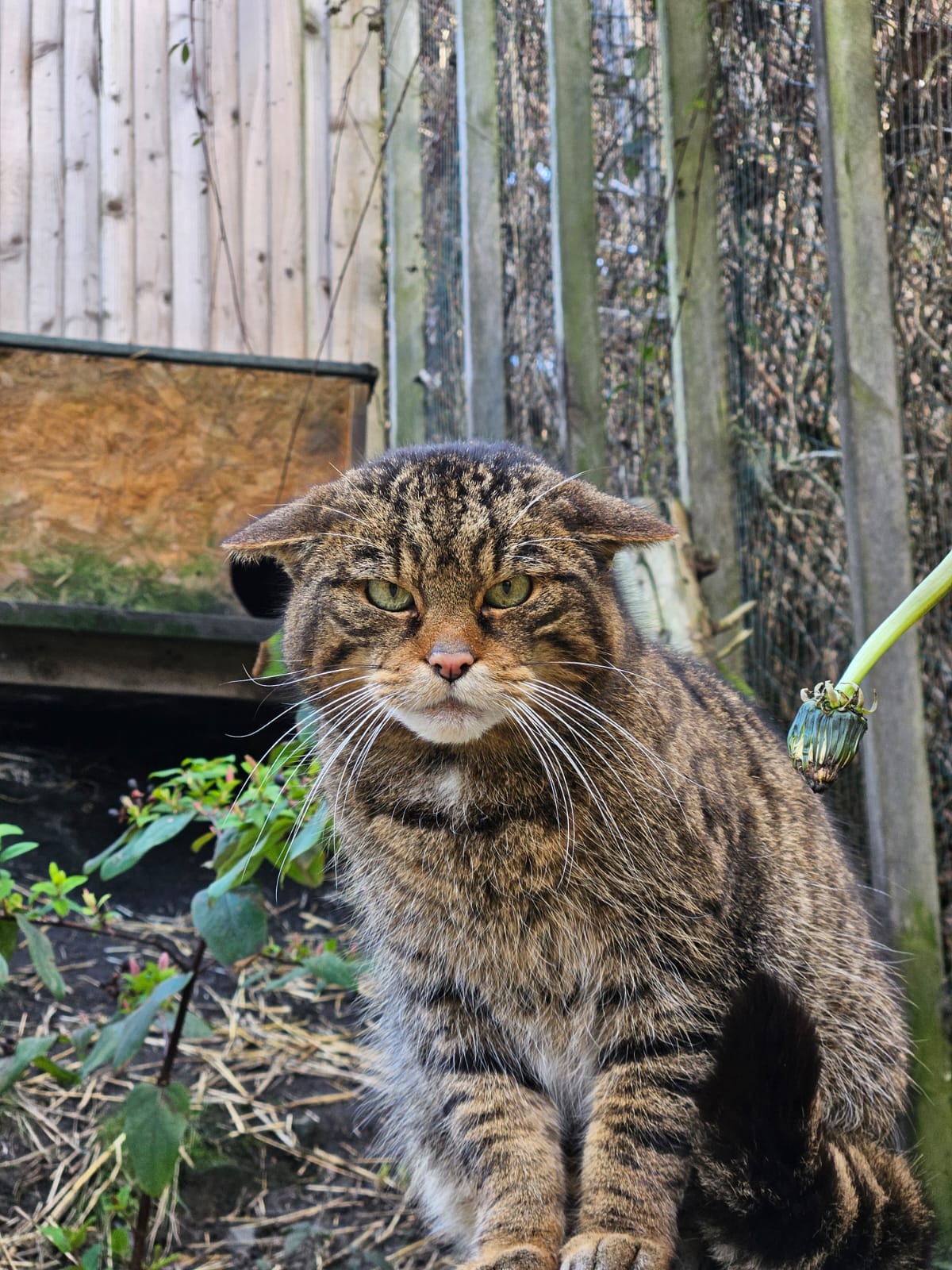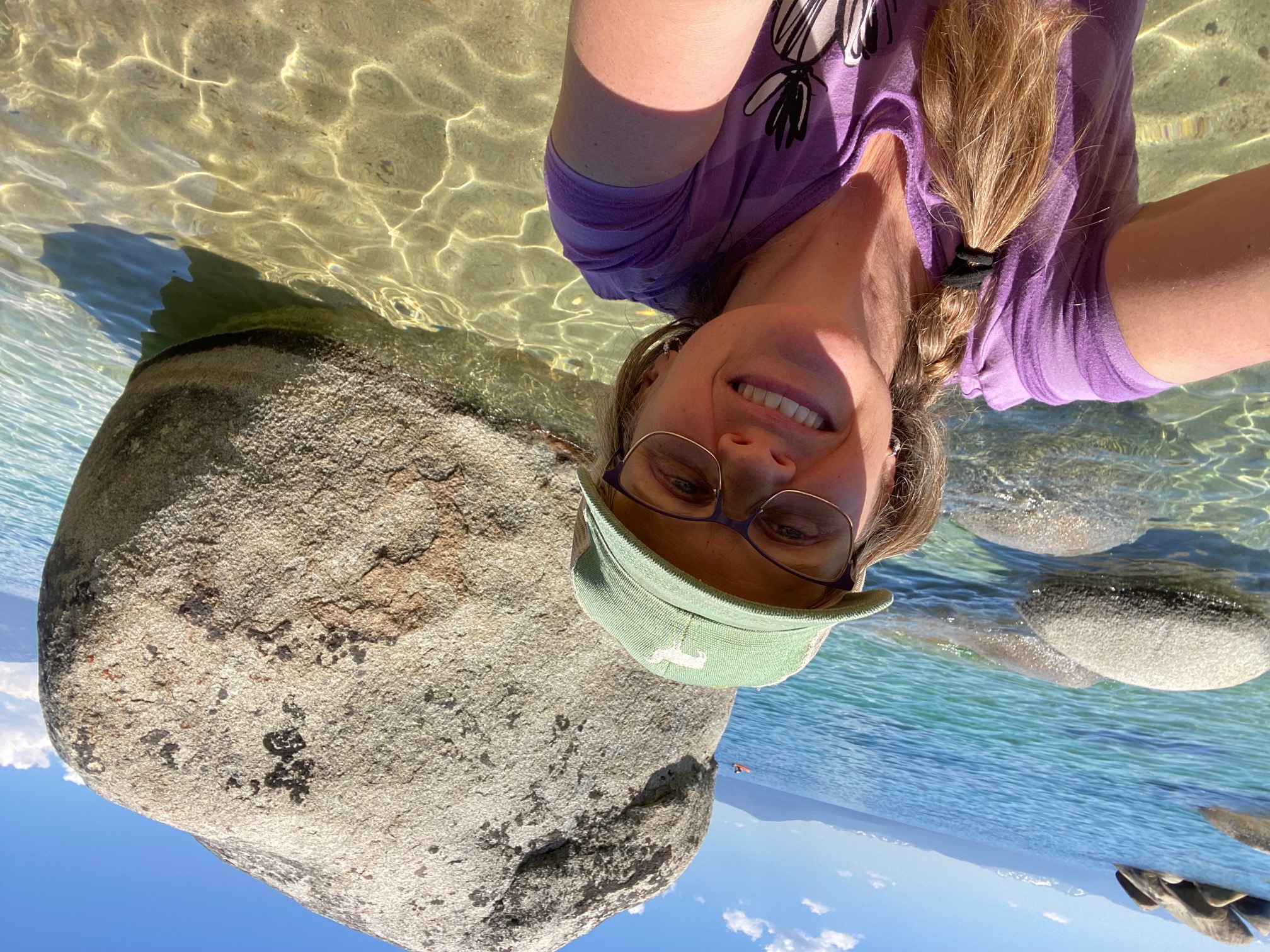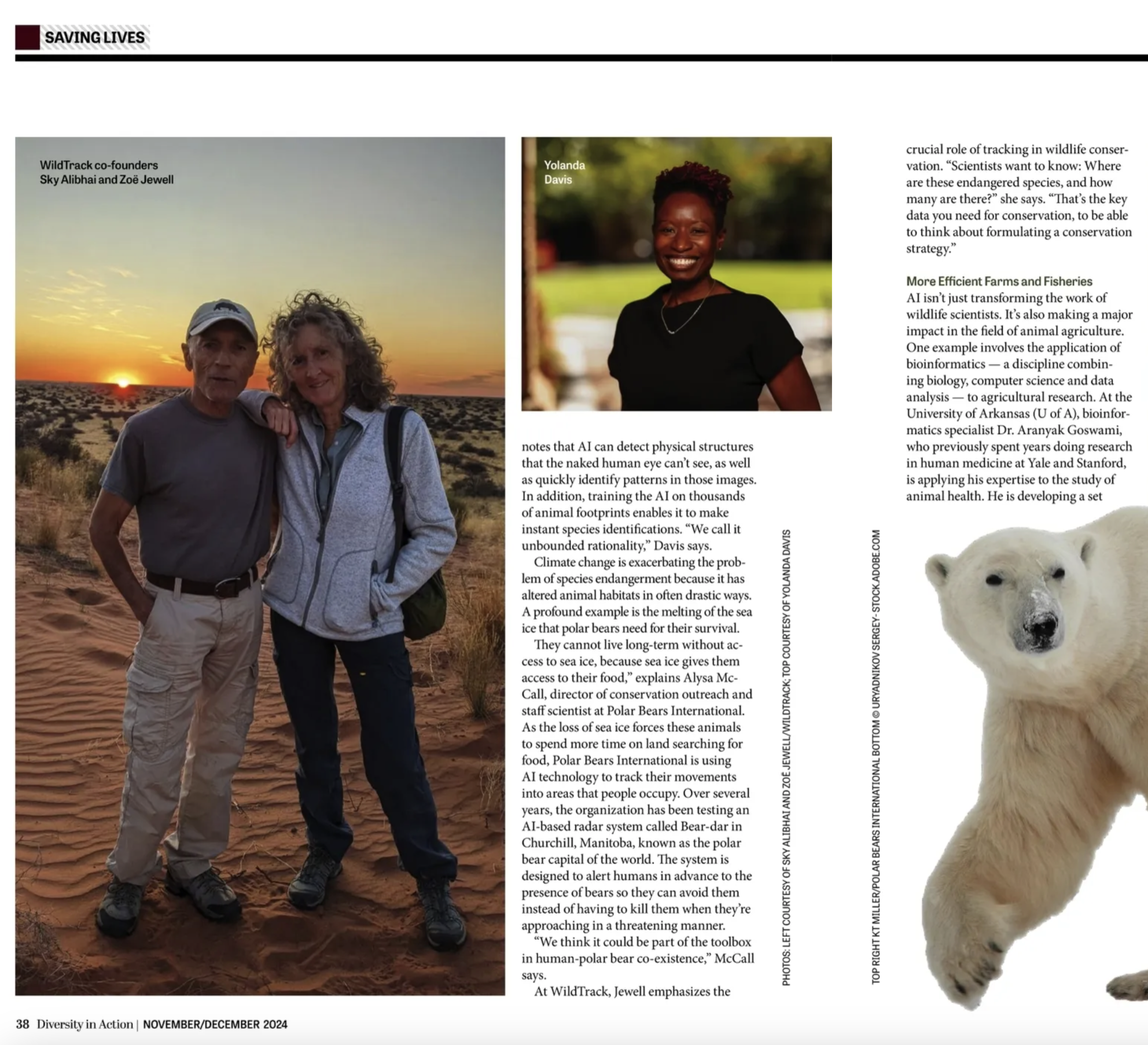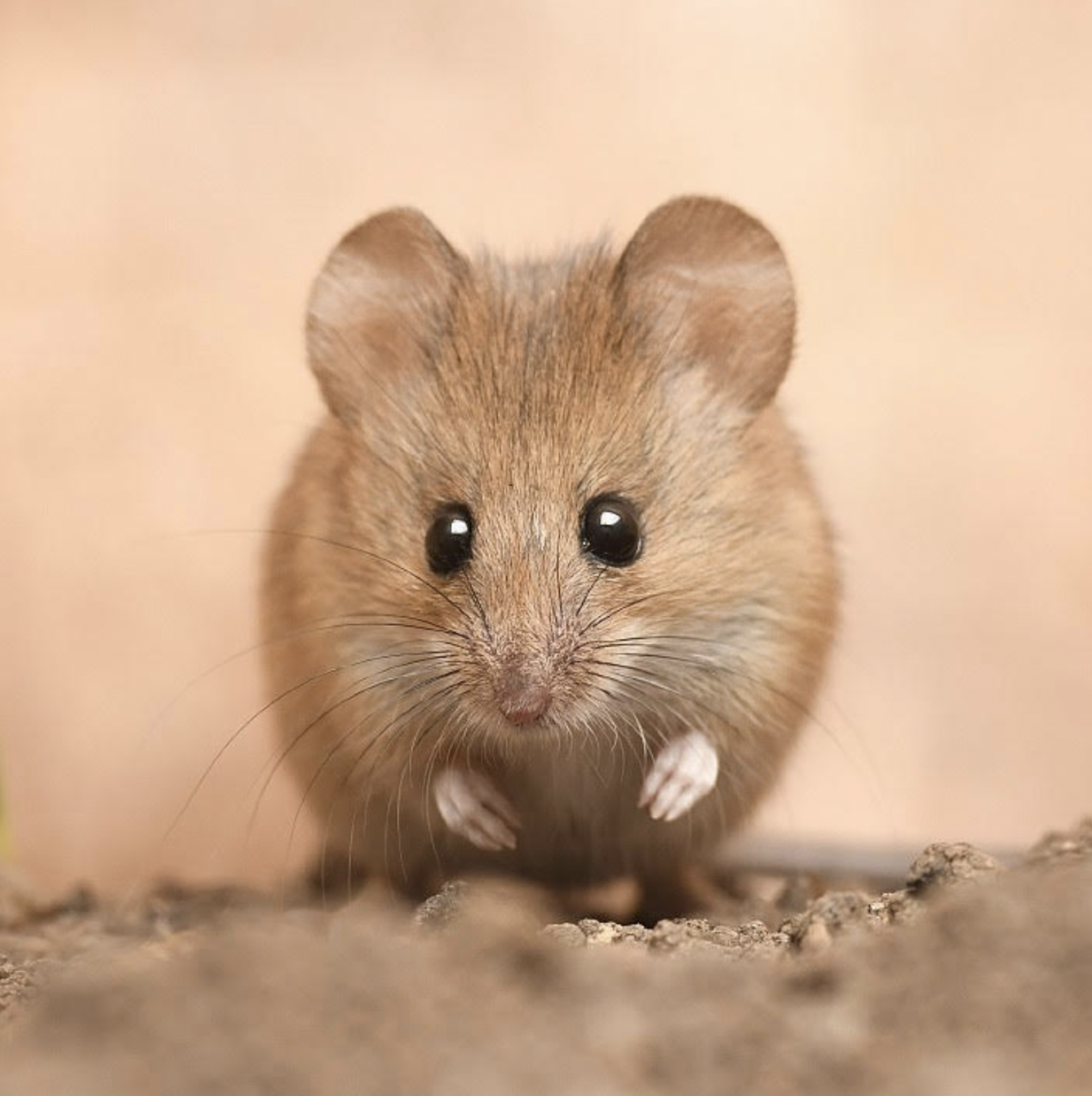Tracking in the snow! Expert trackers Jon Poppele and Kim Cabrera share tips on how to get started!
If there’s snow outside, and you’re wondering what to do, try some snow tracking! We’re excited to feature two expert trackers and colleagues: Jon Poppele from the Minnesota Wildlife Tracking Project, and Kim Cabrera from BearTracker, for interviewing with us on snow tracking.
Jon Poppele, Minnesota Wildlife Tracking Project

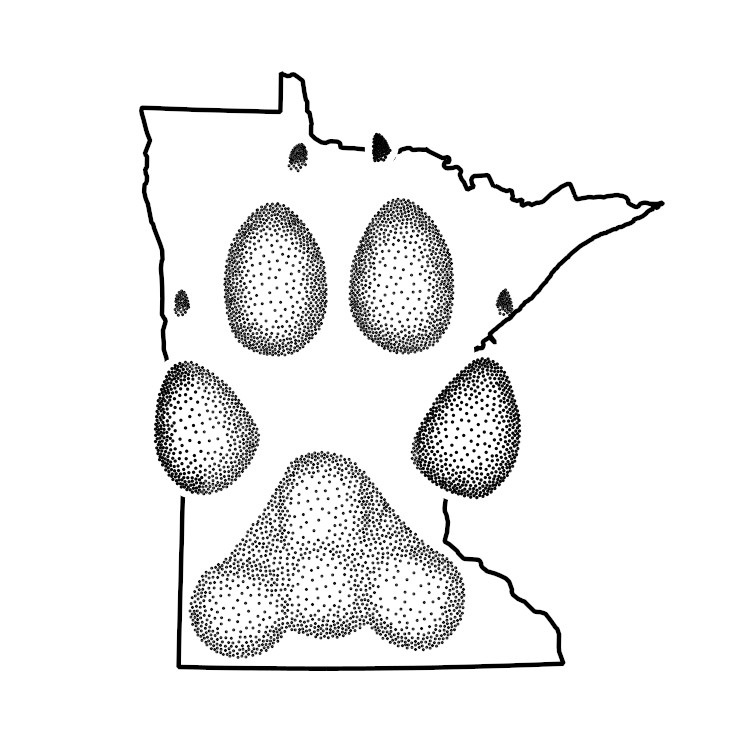
Kim Cabrera, Bear-tracker

What got you interested in snow tracking?
Jon: It’s hard to ignore tracks in the winter–they are everywhere! Winter is the one time of year I can walk out my back door and immediately see who has been moving around my yard overnight. Under the right conditions, snow can also make it easy to follow animal’s trails. In the summertime, I practice following deer trails. When the snow falls, I can follow foxes, fisher, bobcats, opossums and raccoons across the landscape. Every trail is an adventure, and a window into how these animals live on the landscape.
Kim: Snow tracking is enjoyable because it is that time of year when many animal trails crisscross the landscape and are easier to follow. We see the tracks of every animal that moves across the snow, so it’s a treat to go out and track in snowy areas. Even lightweight animals whose tracks are often difficult to see will show tracks in the right consistency of snow, so it’s delightful to go out on a snow-tracking adventure. Take your kids!
What are some common tracks folks might find in their backyards in North America?
Jon: Rabbits and squirrels are among the most common tracks in the snow in parks and backyards across the country. Their tracks sometimes look similar, making it a fun challenge to sort them out consistently. Domestic dogs are found pretty much everywhere there are people–which means nearly anywhere we might go. Deer are surprisingly common in many suburban areas.
Kim: Some of the most common backyard animals include raccoons, opossums, foxes, and skunks. Raccoons and opossums are adept climbers, so accessing a fenced backyard is no problem. The gray fox is capable of climbing trees, so a fence is no obstacle. Many bird tracks can be found in backyards. Rabbit and squirrel tracks also show up in snowy conditions. If you have a backyard bird feeder, it can be fun to see who else shows up to eat the seeds.
What are your top tips for snow tracking?
Jon: “When in doubt, follow it out.” Tracks in the snow are often obscure and can be difficult to identify. In some snow conditions, coyote tracks can look nearly identical to those of whitetail deer, and surprisingly similar to those of a wild turkey. Rather than struggling with single track identification, follow the trails to see where the animal goes and what it does. I sometimes follow trails for hundreds of yards before I am able to identify the animal that made them. Get out when the snow is fresh, before there are too many overlapping tracks and criss-crossing trails. Dress in layers and dress warm. You may be moving quite slowly and not generating much heat. When planning your wardrobe for the day, think ice fishing, not cross-country skiing.
Kim: Find an open area in a park or other natural area for your snow tracking adventure. Make sure to dress for the weather and have some dry clothes in the car to change into later. Bring along a camera to document any fun tracks you find. Use a field guide or app to help identify your tracks. Most of all, have fun and enjoy being outdoors in the snow, where tracks are abundant.
